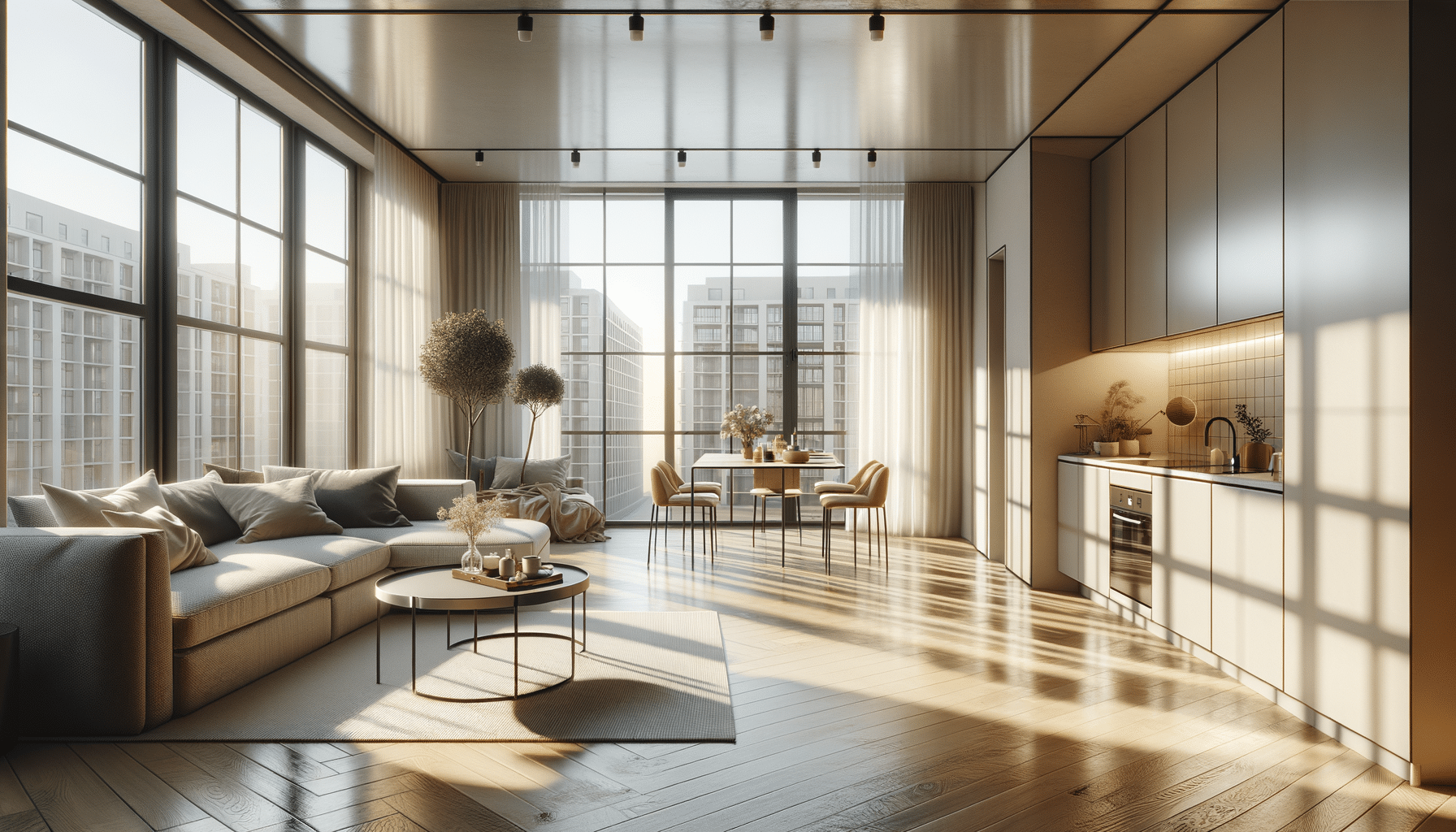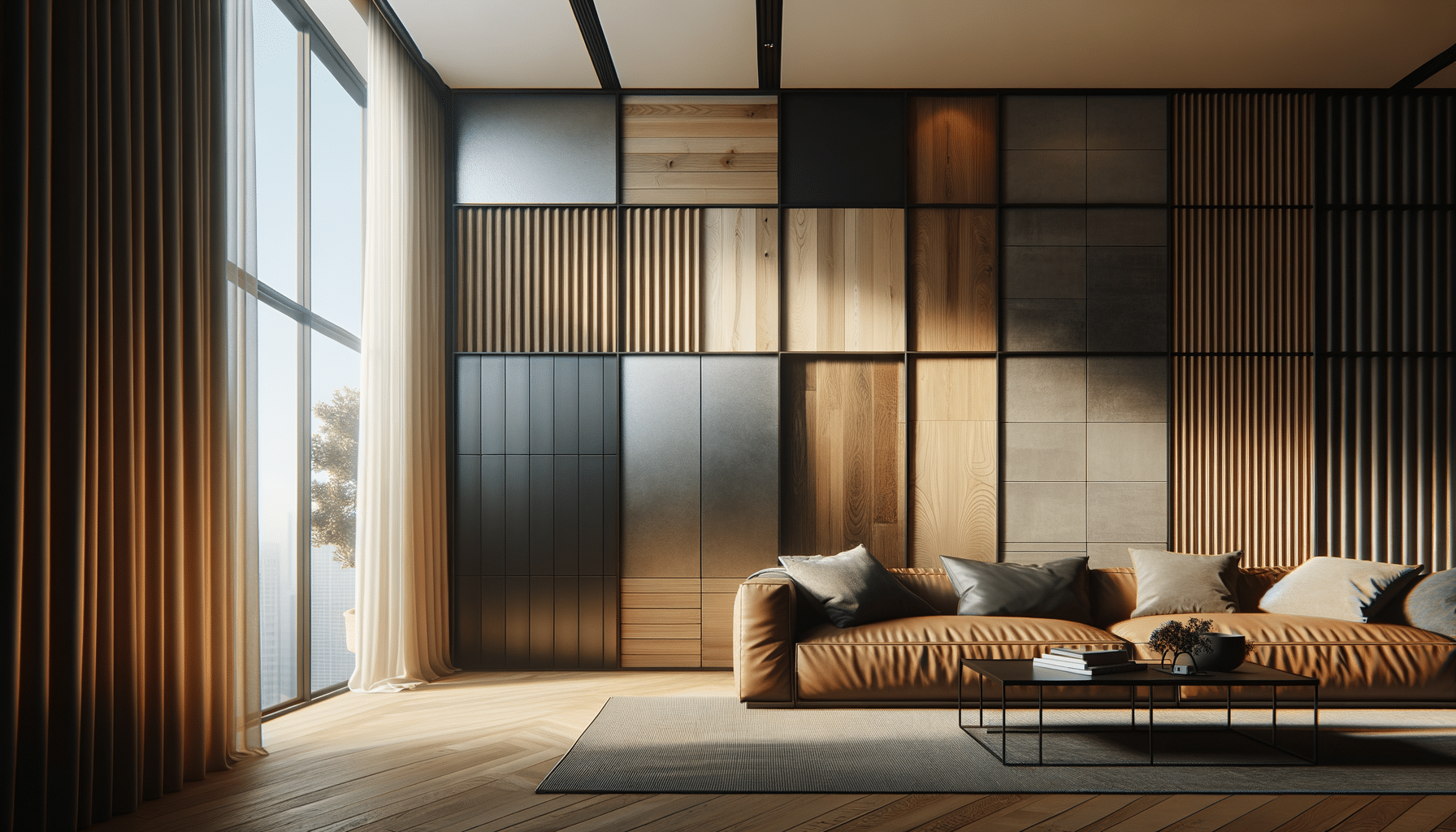
Smart Living in Small Spaces: Discover Studio Layouts and Clever Space-Saving Ideas
Introduction to Studio Apartments
Studio apartments, often heralded for their compact and efficient design, are a popular choice among urban dwellers and minimalists. These living spaces typically combine the living room, bedroom, and kitchenette into a single area, maximizing the use of space while minimizing the cost. The allure of a studio apartment lies in its simplicity and the creativity it demands from its occupants to make the most of limited square footage. With the rise of urbanization and the increasing demand for affordable housing, studio apartments have become a prominent feature in city landscapes.
Living in a studio apartment requires a unique approach to space management and interior design. The open layout offers a blank canvas for creativity, allowing residents to tailor their environment to suit personal tastes and lifestyles. Whether you’re a student, a young professional, or someone looking to downsize, understanding the dynamics of studio living can help you create a comfortable and functional home.
This guide will explore various aspects of studio apartments, including design strategies, the benefits of living in such spaces, and tips for making the most out of your small living area. By the end, you’ll have a comprehensive understanding of how to navigate and optimize the studio apartment lifestyle.
Design Strategies for Studio Apartments
Designing a studio apartment involves a thoughtful balance between aesthetics and functionality. Due to the limited space, every piece of furniture and decor must serve a purpose while contributing to the overall style of the apartment. One effective strategy is to use multi-functional furniture. Pieces like sofa beds, foldable tables, and storage ottomans can transform a single area into a versatile living space. These elements not only save space but also add layers of utility to your home.
Color schemes play a crucial role in studio apartment design. Light colors can make a small space feel larger and more open, while darker shades can add warmth and coziness. Consider using mirrors strategically to reflect light and create an illusion of more space. Vertical space is another asset often overlooked in studio apartments. Installing shelves and utilizing tall bookcases can help keep your belongings organized without cluttering the floor area.
Furthermore, creating defined zones within the open layout can enhance the functionality of your studio apartment. Area rugs, folding screens, or even a strategically placed bookshelf can serve as dividers, making each section of the apartment feel distinct and purposeful.
The Benefits of Studio Living
Opting for a studio apartment comes with a host of benefits, particularly for those who value efficiency and simplicity. One of the primary advantages is affordability. Studio apartments typically come with lower rent and utility costs compared to larger living spaces. This makes them an attractive option for budget-conscious individuals or those looking to save money for future investments.
Another benefit is the ease of maintenance. With less space to clean and fewer belongings to manage, keeping a studio apartment tidy requires less time and effort. This can be particularly appealing for busy professionals or students who might not have the luxury of time for extensive housework.
Studio apartments also encourage a minimalist lifestyle, prompting residents to prioritize their possessions and reduce clutter. This can lead to a more organized and stress-free living environment. Additionally, the compact nature of studio apartments often fosters a closer connection to the surrounding community, as residents are more likely to explore and utilize nearby amenities and social spaces.
Challenges and Solutions in Studio Living
While studio apartments offer many benefits, they also present certain challenges that require creative solutions. One common issue is the lack of privacy, as the open layout means there are no separate rooms for different activities. To address this, residents can use room dividers or curtains to create private spaces within the apartment. Investing in noise-canceling headphones or soundproofing materials can also help mitigate noise from neighbors or street traffic.
Storage is another challenge in studio apartments. Maximizing storage involves using vertical space, under-bed storage, and creative shelving solutions. Consider furniture with built-in storage options, such as beds with drawers or coffee tables with hidden compartments.
Finally, maintaining a personal style in a small space can be difficult when every item must be carefully considered. To overcome this, focus on a cohesive design theme and choose decor that complements the overall aesthetic without overwhelming the space. By keeping these solutions in mind, residents can transform their studio apartments into comfortable and efficient homes.
Conclusion: Embracing Studio Living
Living in a studio apartment can be a rewarding experience that combines the benefits of affordability, simplicity, and creativity. By understanding the unique dynamics of studio living, residents can create homes that are not only functional but also reflect their personal style and lifestyle needs.
Whether you’re downsizing, moving to a new city, or simply seeking a change, studio apartments offer a unique opportunity to embrace a minimalist and efficient way of living. By implementing strategic design elements and addressing potential challenges, you can maximize the potential of your studio apartment and enjoy all the advantages it has to offer.
In the end, the key to successful studio living lies in the ability to adapt and innovate, turning constraints into opportunities for personal expression and comfort. With the right approach, a studio apartment can become a cozy, inviting, and highly functional space that perfectly suits your lifestyle.


